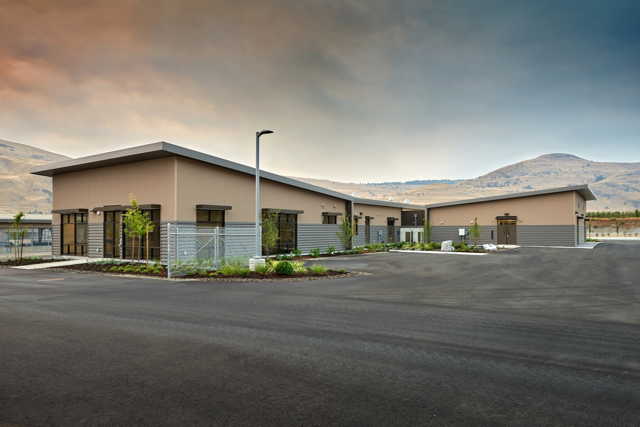Wells Hatchery Modernization & Methow Hatchery Support
Douglas County PUD No. 1,
Washington
Consulting Role
- Useful Life Analysis
- Master Planning
- Engineering
- Bio-Programming
- Cost Estimating
- Ground Water Development
- Bid Support
- Construction Support
- Geotechnical Engr.
Project Members
- Jason Hill, P.E.
- Eric Orton, P.E.
- Andy Blake
Project Phase
- 2017 Modernization Complete
- 2017 to Current, Support Facility Enhancements
Key Elements
- Facility Assessment
- Adult Holding/Handling
- Rearing Facilities
- Early Rearing Facilities
- Incubation Facilities
- Fish Transfer Facilities
- Surface Water Intake
- Ground Water (Well Rehab and Design)
- Bio-Programming
- Adult Trapping
- Facility Pollution Control
- Large Pond Rearing Facility
- Stormwater Management
- Environmental Permit Support
- Cost Estimating
- Construction Support
- Commissioning
- Hatchery Building Design
- Chiller Design
- Disinfection Controls
- Biosecurity
Services provided – biological rearing modeling, facility and ground water assessments, conceptual and final engineering design, bid documents, stormwater mitigation, permitting, construction cost estimating, planning, and construction observation for this $35M modernization project. The Wells Dam Hatchery was upgraded to accommodate the expansion of summer Chinook, summer steelhead and sturgeon, including up to three separate summer Chinook rearing programs, three separate conservation steelhead programs, and two harvest augmentation steelhead programs.

Project phases included:
Phase 1: Facility assessment and useful life analysis to assess the existing infrastructure. Biological criterion was modeled for five species. Ground water assessments investigated expansion of the well fields above and below the hatchery.
Phase 2: Alternatives analysis to further define the biological program needs and constraints, while integrating existing facilities to maximize current assets to achieve facility layout options for vetting a preferred option.
Phase 3: Preparation of a detailed site and program master plan, including facility cost estimates, operational efficiencies, and benefits, planning for invasive mussels, and building aesthetics and public outreach.
Phase 4: Preparation of bid documents, with a focus on design plans, specifications, cost estimating, dam safety, demolition, stormwater, permitting, and maintaining fish rearing through construction.
Phase 5: Provision of construction support with full-time observation, coordination, documentation, start-up of the facility and warranty support.
The construction was completed on time, and within budget while rearing operations were ongoing throughout construction. Consulting continued to provide biological and engineering support for the modernization of three of the four dirt ponds after the primary modernization of the hatchery was completed. This effort relined pond one, and split and relined ponds three and four into to two ponds complete with transfer kettles, water to water transfer from circular building, and water to water transfer from ponds to river or truck transport.
